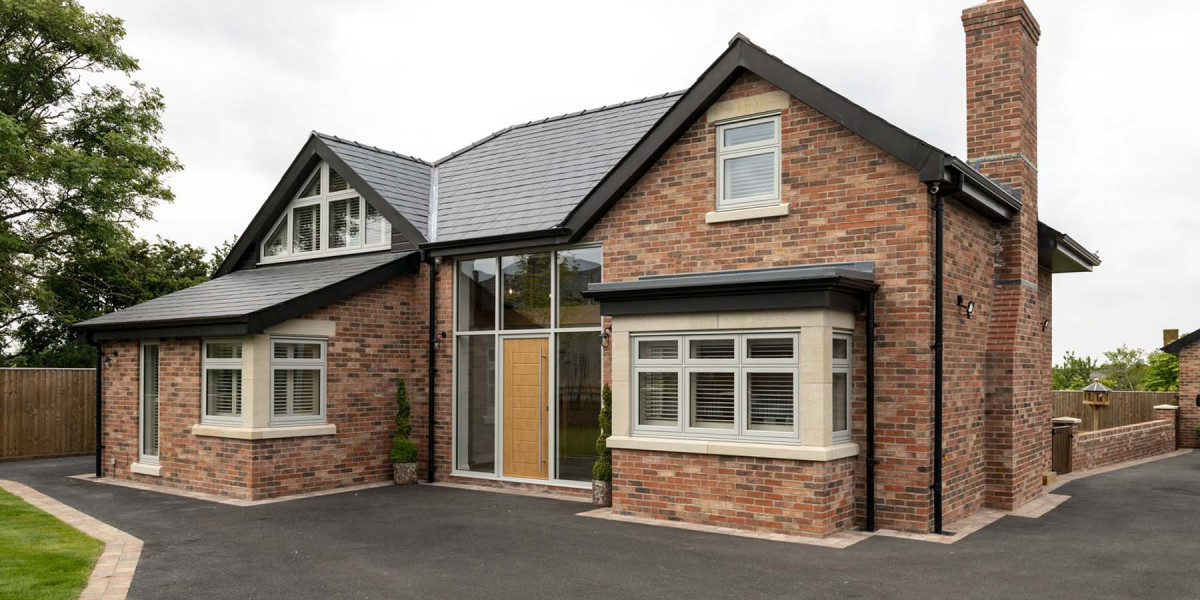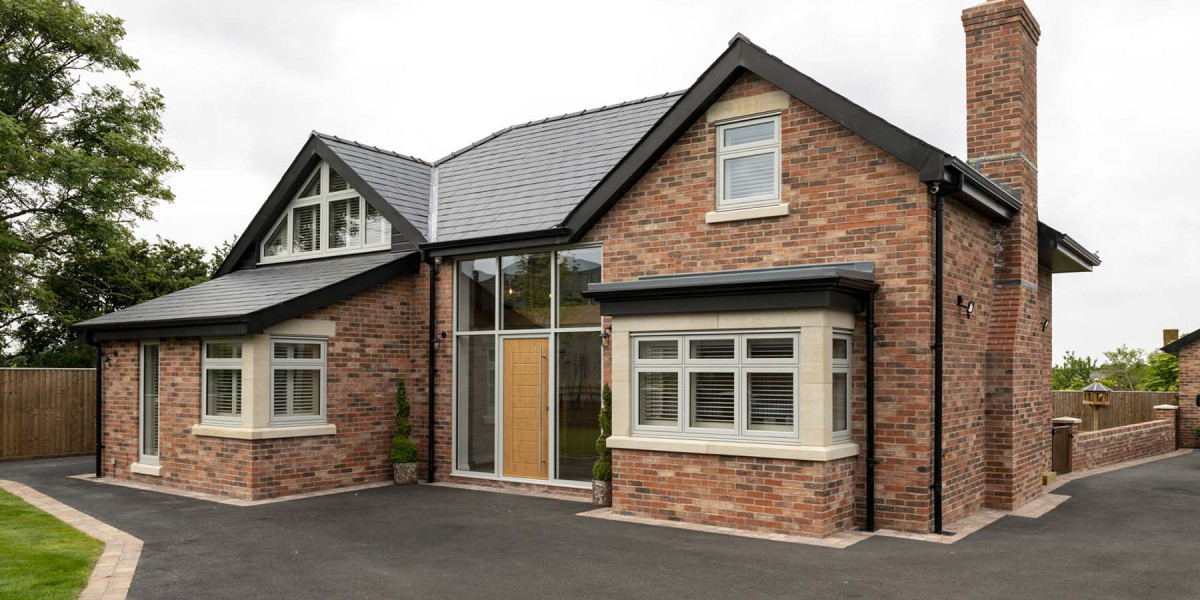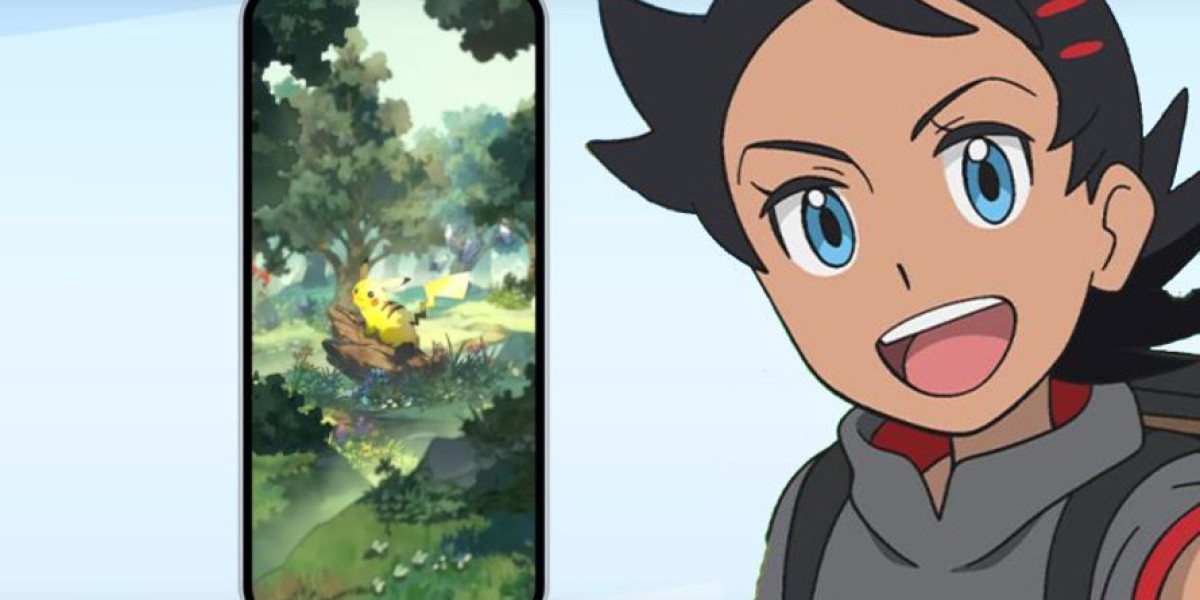The Earth, once celebrated as the blue jewel of our solar system, now bears deep scars inflicted by centuries of human neglect. Once-vast forests have been cleared, oceans poisoned, and ecosystems dismantled beyond recognition. The phrase “Broken Planet, Broken Dreams” reflects more than just environmental decay; it captures the collective disappointment of humanity’s unfulfilled potential and the fragility of the dreams we built on a foundation of unsustainable practices.
The Fragile Balance We Ignored
For millennia, Earth thrived with delicate precision. Every ecosystem, from the smallest microorganism to the largest predator, played a role in maintaining balance. Early human societies revered this balance, respecting natural cycles and understanding their dependence on it. But with industrialization and rapid technological advances, humanity shifted from coexistence to exploitation.
This exploitation was not inherently evil. It arose from ambition: the dream of better lives, technological progress, and longer lifespans. However, in pursuing these dreams without restraint, we overlooked a critical truth—our planet has limits. These limits, once ignored, have now erupted as climate disasters, water shortages, collapsing fisheries, and rapidly increasing extinction rates. The result is a planet struggling to sustain life as we know it.
Dreams Built on a Shaky Foundation
Human dreams have always been bold: sprawling cities, boundless economic growth, interplanetary exploration, and artificial intelligence shaping a more efficient world. But these dreams rely on a stable home, fertile soil, fresh water, and a breathable atmosphere. As these foundations crumble, so too do the dreams they support.
Consider agriculture, the backbone of human civilization. Shifting weather patterns, prolonged droughts, and unpredictable floods have already displaced millions of farmers. Global food supply chains, once thought robust, now buckle under the weight of climate instability. For many, the dream of feeding the world is turning into a nightmare of hunger and scarcity.
Similarly, coastal megacities—symbols of progress—face existential threats from rising seas. Entire populations are now contemplating relocation, an unprecedented shift that reveals how quickly once-idealized urban dreams can vanish in the face of ecological reality.
The Emotional Cost of a Dying Planet
A broken planet affects more than physical survival; it erodes our collective psyche. Dreams are tied to hope, and when the environment deteriorates, hope often follows. Young generations, who should be envisioning bright futures, increasingly express despair. Terms like “eco-anxiety” and “climate grief” have entered mainstream discourse, reflecting deep emotional turmoil.
This despair is not just theoretical. Many young people now delay life plans—choosing not to have children, questioning the value of long-term investments, or abandoning traditional career paths—because they see the future as uncertain. A broken planet has effectively broken the dreams of millions who once imagined peaceful, stable, and prosperous lives.
Inequality in a Time of Crisis
The effects of a broken planet are not evenly distributed. Wealthier nations and individuals have resources to mitigate some impacts—air conditioning for rising heat, seawalls for encroaching tides, and private healthcare for new diseases linked to environmental shifts. Meanwhile, marginalized communities bear the brunt of environmental collapse. Small island nations face complete submersion, arid regions endure unprecedented drought, and indigenous peoples lose ancestral lands.
This inequality fractures another dream: that of fairness and shared prosperity. The climate crisis exposes and deepens social divides, eroding trust among nations and within societies. When dreams of justice and equality falter, the social fabric weakens, leading to conflict, migration crises, and political instability.
Technology: A Double-Edged Sword
Ironically, the same technological progress that caused so much damage may hold keys to recovery. Renewable energy, carbon capture, and advanced agricultural methods could reverse some environmental degradation. Ambitious projects like reforestation on a global scale and ocean-cleaning initiatives offer glimpses of hope.
Yet, there is a caveat: technology cannot replace lost ecosystems overnight, nor can it fully reverse centuries of damage. There’s also the risk that faith in technological “fixes” can breed complacency. For dreams to survive, humanity must pair technological innovation with cultural shifts that prioritize sustainability over unchecked growth.
The Path to Healing
Despite the bleak picture, all is not lost. History shows that societies can pivot when faced with existential threats. The ozone crisis of the 1980s, once seemingly insurmountable, was resolved through international cooperation and decisive policy action. Similar levels of cooperation are urgently needed today.
Reimagining Growth – Shifting from resource-intensive economic models to circular economies could reduce waste and preserve ecosystems.
Education and Awareness – Environmental literacy ensures that future generations understand how to balance human needs with planetary limits.
Global Cooperation – Climate change and ecological collapse transcend borders; solutions must be global, not isolated.
Restoring Nature – Large-scale rewilding, sustainable farming, and marine protection can help heal damaged systems.
Healing the planet is inseparable from healing human dreams. If we can restore balance, the vision of thriving, equitable societies remains possible.
Why Dreams Still Matter
Dreams are powerful drivers of action. Even amid crisis, dreams inspire innovation, resilience, and hope. A child imagining life in harmony with nature may grow up to invent new forms of clean energy. A community dreaming of food sovereignty may pioneer regenerative farming models. Dreams, when rooted in reality and respect for planetary boundaries, can guide humanity toward a sustainable future.
Conclusion: Broken but Not Beyond Repair
“Broken Planet, Broken Dreams” is both a warning and a call to action. The damage we’ve inflicted on Earth is undeniable, and its consequences reach deep into the human spirit. Yet, broken does not mean destroyed beyond repair. The planet still breathes, ecosystems still show resilience, and humanity still has the capacity for change.
The question is whether we will act fast enough. Will we cling to unsustainable dreams and watch them crumble? Or will we reimagine our dreams to fit within the planet’s boundaries, ensuring a thriving home for generations yet unborn? The choice is ours, and the time to choose is now.








